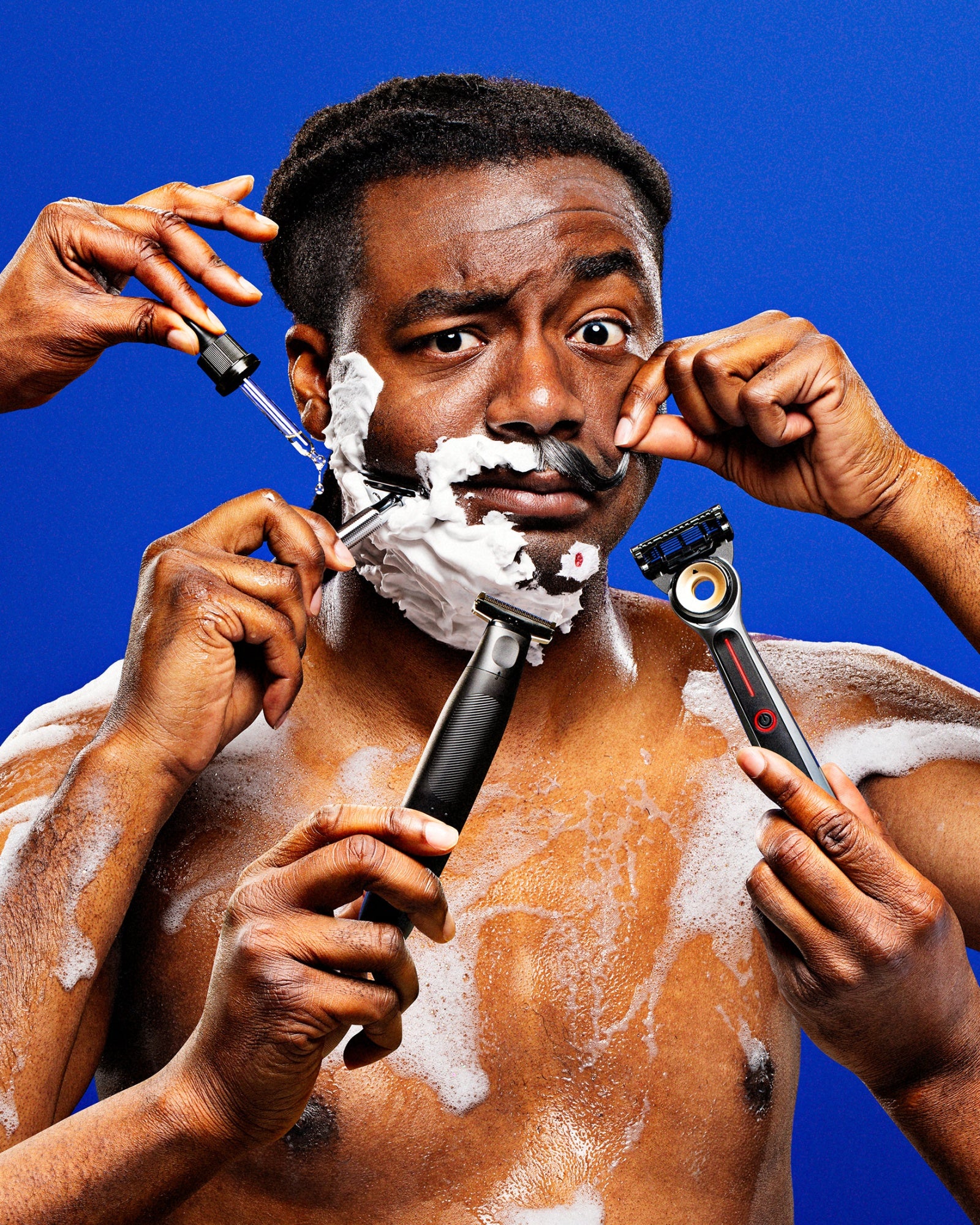In the world of men's grooming and fashion, trends come and go, but some timeless elements remain steadfast, shaping the way men present themselves to the world. One such element is the classic straight razor, a tool that has left an indelible mark on men's grooming routines and fashion sensibilities throughout history. From its inception to its modern-day resurgence, the impact of the straight razor is undeniable.
A Slice of History: Origins and Evolution
The straight razor, often referred to as a "cut-throat" razor due to its sharpness, has a rich history that dates back centuries. Its origins can be traced to ancient civilizations where men used primitive forms of razors made from sharpened stones and shells. However, the modern straight razor as we know it began to take shape in the 17th and 18th centuries. These razors featured a single, sharp blade that could be folded into a protective handle.
During the 19th and early 20th centuries, the straight razor became an integral part of men's grooming routines. Visiting the local barber for a clean shave was a cultural ritual, and barbershops became social hubs where men would gather to discuss matters of the day while getting their facial hair expertly trimmed. The straight razor was not just a grooming tool; it was a symbol of sophistication and masculinity.
Fashion and Identity: The Straight Razor's Influence
Beyond its practical purpose, the straight razor also played a role in shaping men's fashion and identity. In the Victorian era, a clean-shaven face was seen as a sign of respectability and social standing. Men who could afford regular trips to the barber and the luxury of a close shave were often perceived as more refined and well-groomed. The straight razor, therefore, contributed to the construction of a certain image that men aspired to project.
However, the 20th century brought about shifts in fashion and grooming trends. The advent of safety razors and electric shavers led to a decline in the popularity of the straight razor. The convenience and efficiency of these new alternatives contributed to a faster-paced lifestyle, and the ritual of visiting the barber became less common.
The Resurgence: Nostalgia and Craftsmanship
In recent years, there has been a remarkable resurgence of interest in traditional grooming methods, and the straight razor has reclaimed its position as an emblem of authenticity and craftsmanship. Men are increasingly drawn to the nostalgic charm and tactile experience of using a straight razor. The act of honing and stropping the blade, followed by the careful, deliberate shave, offers a sense of ritual and connection to a bygone era.
This revival also aligns with the broader trend of men seeking to express their individuality through grooming and fashion choices. A well-maintained beard or meticulously groomed mustache can be as much a fashion statement as a tailored suit or stylish shoes. The straight razor, with its air of sophistication and manual skill, fits perfectly into this movement.
In the ever-evolving landscape of men's grooming and fashion, the impact of the straight razor remains significant. Its historical significance, coupled with its resurgence in modern times, highlights the timeless appeal of traditional grooming methods. From its origins as a utilitarian tool to its role in shaping perceptions of masculinity and sophistication, the straight razor continues to influence men's grooming routines and fashion choices.
Whether it's the meticulous craftsmanship that goes into crafting a high-quality blade or the sense of connection to generations past, the straight razor offers a unique experience that transcends mere grooming. It's a tangible link to the past, a nod to tradition, and a symbol of the enduring pursuit of personal style and refinement in an ever-changing world. As long as men continue to seek a balance between modernity and tradition, the straight razor will undoubtedly retain its place as an icon in men's grooming and fashion.
